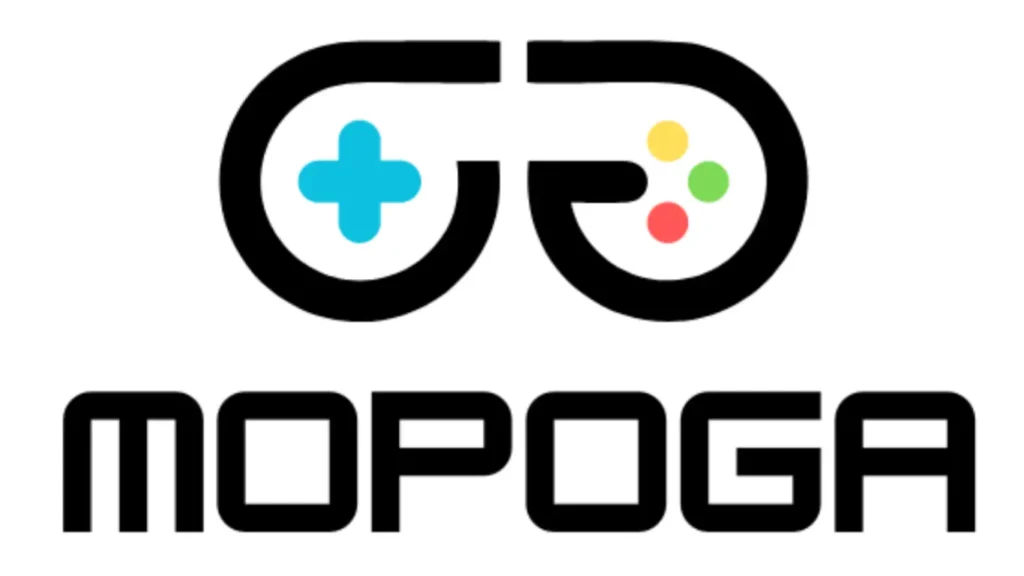Ever found yourself saying, “Just five more minutes,” only to realize an hour has flown by while you’re still glued to Mopoga?
You’re not alone. Millions are hooked — and not by accident.
Whether you’re curious about why Mopoga is everywhere or wondering if it’s worth your time, this article breaks down what makes the Mopoga app so addictive — and why it’s becoming a digital phenomenon.
What Is Mopoga? (And Why Is Everyone Talking About It?)
Before we dive into the psychology behind its stickiness, let’s clear something up: What exactly is Mopoga?
Mopoga is a fast-rising mobile app that blends elements of casual gaming, social rewards, daily challenges, and viral mini-competitions. Think of it as a mash-up of Candy Crush, TikTok rewards, and Duolingo streak pressure, all in one.
At its core, Mopoga taps into the human desire for instant gratification and community — and it does it ridiculously well.
Why Is Mopoga So Addictive?
Let’s pull back the curtain. Mopoga’s addictiveness isn’t random — it’s designed by experts who understand digital behavior. Here’s how it ropes users in:
1. Dopamine on Demand: The Instant Reward System
Every time you win a game, hit a streak, or unlock a new badge, Mopoga fires up your brain’s reward circuitry — that same system activated when you get likes on social media or eat chocolate.
- Micro-rewards: Flashy animations, sound effects, and coin drops
- Level progression: Gamified achievements keep you coming back
- Daily bonuses: Log in = reward. Miss a day = feel the loss.
This creates a feedback loop. The more you play, the more you’re rewarded. And guess what? Your brain craves more.
2. Social Triggers & Friendly FOMO
Mopoga adds subtle social layers that trigger your competitive edge:
- Leaderboards show how you stack up against friends
- Pop-ups say “Sarah just hit Level 19!” — and now you want to
- Challenges with time limits pressure you to keep up or miss out
It’s digital peer pressure, but you’re smiling while it happens.
3. Easy to Learn, Hard to Master
The brilliance of Mopoga lies in its simplicity. You can jump in without reading a manual.
But — and here’s the twist — the game subtly gets harder as you go. That’s intentional.
It creates the illusion of mastery, where you feel like you can win, even when the odds are stacked just enough to keep you playing.
4. Variable Rewards (aka The Slot Machine Effect)
Mopoga doesn’t just reward you consistently — it rewards you randomly. Sometimes you win big. Sometimes you just miss.
This intermittent reinforcement is the same psychological trick that keeps people pulling slot machines in Vegas.
And it’s wildly effective.
5. The Time Trap: One More Round Syndrome
Each Mopoga session feels short. Just a couple minutes. But every game teases you with:
- “Almost there!”
- “Just one more star to win the mega prize!”
- “You’re only 3 points away from beating Sam!”
It tricks your brain into thinking you’re this close to something exciting — which makes stopping feel unfinished.
The Design Behind the Obsession
Mopoga’s interface is a masterclass in behavioral UX design:
- Bright colors: Stimulate energy and attention
- Haptic feedback: Taps and buzzes that feel tactile
- Smooth animations: Satisfying motion for every win
- Short bursts of play: Ideal for killing time — or escaping boredom
It’s not just a game — it’s a carefully orchestrated digital experience.
Real-World Users, Real Addiction
“I downloaded it just to try it. Now I play every day before bed — and sometimes I lose sleep.”
— Nida, 26, Karachi
“It’s like a game and social feed all in one. I don’t even notice the time passing.”
— Umar, 19, Lahore
Is Mopoga Good or Bad? The Two Sides of the Coin
Like most addictive apps, Mopoga walks a fine line between entertainment and time drain.
Pros:
- Free to use
- Fun and engaging
- Stimulates quick thinking
- Great for short mental breaks
Cons:
- Highly time-consuming
- Can disrupt focus or productivity
- May promote unhealthy screen habits if overused
Tips to Use Mopoga Without Losing Control
Want to enjoy Mopoga without falling into the “just one more round” trap? Here’s how:
- Set time limits with digital wellness tools
- Play with purpose— use it as a reward, not a reflex
- Mute notifications to avoid temptation
- Replace one Mopoga session with a healthy habit each day
FAQs About Mopoga
Is Mopoga free to use?
Yes, it’s free. But it includes in-app purchases and ads — which is how it monetizes.
Is Mopoga safe?
As of now, there are no major safety concerns. Just make sure to download it from official app stores.
Can you win real rewards?
Some versions or contests offer cashbacks, coins, or gifts — but these are mostly virtual incentives to keep you engaged.
Why is Mopoga trending in 2025?
Its popularity surged due to viral TikTok trends, peer sharing, and its addictive short-form game style.
Final Thoughts
Apps like Mopoga are a mirror of modern attention culture. They tap into our need for fun, connection, and quick satisfaction. The trick isn’t to avoid them completely — it’s to use them on your terms.
Here’s a simple rule:
If the app adds joy, keep it. If it steals your time, pause it.
Because at the end of the day, you’re in control — not the algorithm.
